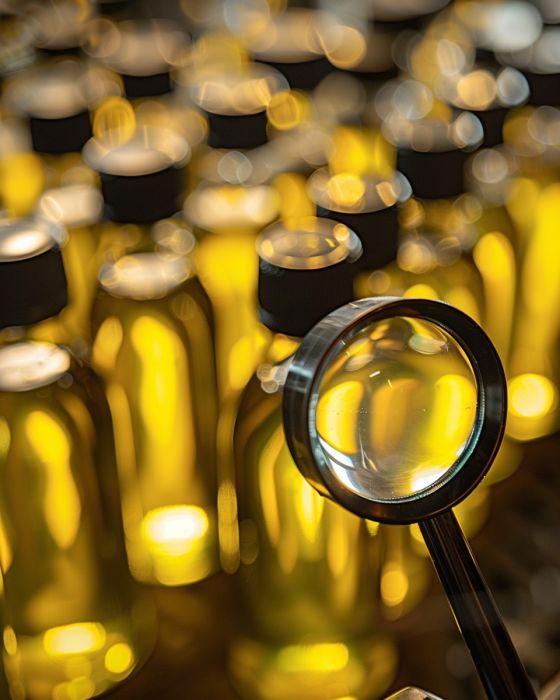Olive oil is not just a kitchen staple; it's also a product with significant health benefits, celebrated for its versatility and flavor. However, the market is flooded with counterfeit versions that can fool even the most discerning buyers. The ability to distinguish real olive oil from fake is crucial to ensure you're reaping all the benefits you're paying for. Unfortunately, many consumers remain in the dark about how to tell the difference.
If you care about your health, your cooking, and your wallet, then understanding how to identify real olive oil is a must. This guide will provide you with practical tips to spot fake olive oil, helping you make informed choices every time you're at the store.
Advertisement
Understanding Labels and Certifications
1. Check for PDO, PGI, and COOC Seals
These certifications indicate origin and quality control. Protected Designation of Origin (PDO) and Protected Geographical Indication (PGI) are European seals, while the California Olive Oil Council (COOC) certification is specific to the United States.
2. Look for the Harvest Date
Authentic olive oil bottles often include the harvest date. Olive oil is best within 18 months of harvesting, so this date is crucial.
3. Read Ingredient Labels Carefully
Pure olive oil should contain only olive oil. Adulterated versions often list other oils mixed in.
Sensory Characteristics
1. Color Isn’t Always a Reliable Indicator
While many think the color of olive oil can tell you about its quality, this isn’t always true. Olive oil can range from green to golden, depending on the type of olives used and their ripeness.
2. Taste and Smell
Real olive oil often has a fruity, peppery, or slightly bitter taste. It should have a fresh, somewhat grassy aroma. Fake olive oils may taste greasy and lack a distinct aroma.
3. Consistency and Clarity
Genuine olive oil is typically somewhat cloudy due to natural sediments. If it's too clear, it might have been filtered intensively, potentially stripping away important compounds.
Testing at Home
1. Refrigeration Test
Place the olive oil in the fridge. Authentic olive oil will become cloudy and may solidify within a day or two. While not foolproof, this can be a useful test.
2. Oil Lamp Test
Authentic olive oil can burn in a simple oil lamp. If it doesn’t sustain a flame, it might not be pure olive oil.
3. Price Consideration
Authentic olive oil tends to be pricier due to production costs. If it's too cheap, it might be adulterated.
Advertisement
By being vigilant about labels, using your senses, and performing simple at-home tests, you can significantly increase your chances of purchasing real olive oil. This knowledge not only helps you avoid counterfeit products but also ensures you are enjoying the full health benefits and genuine flavors of authentic olive oil.

